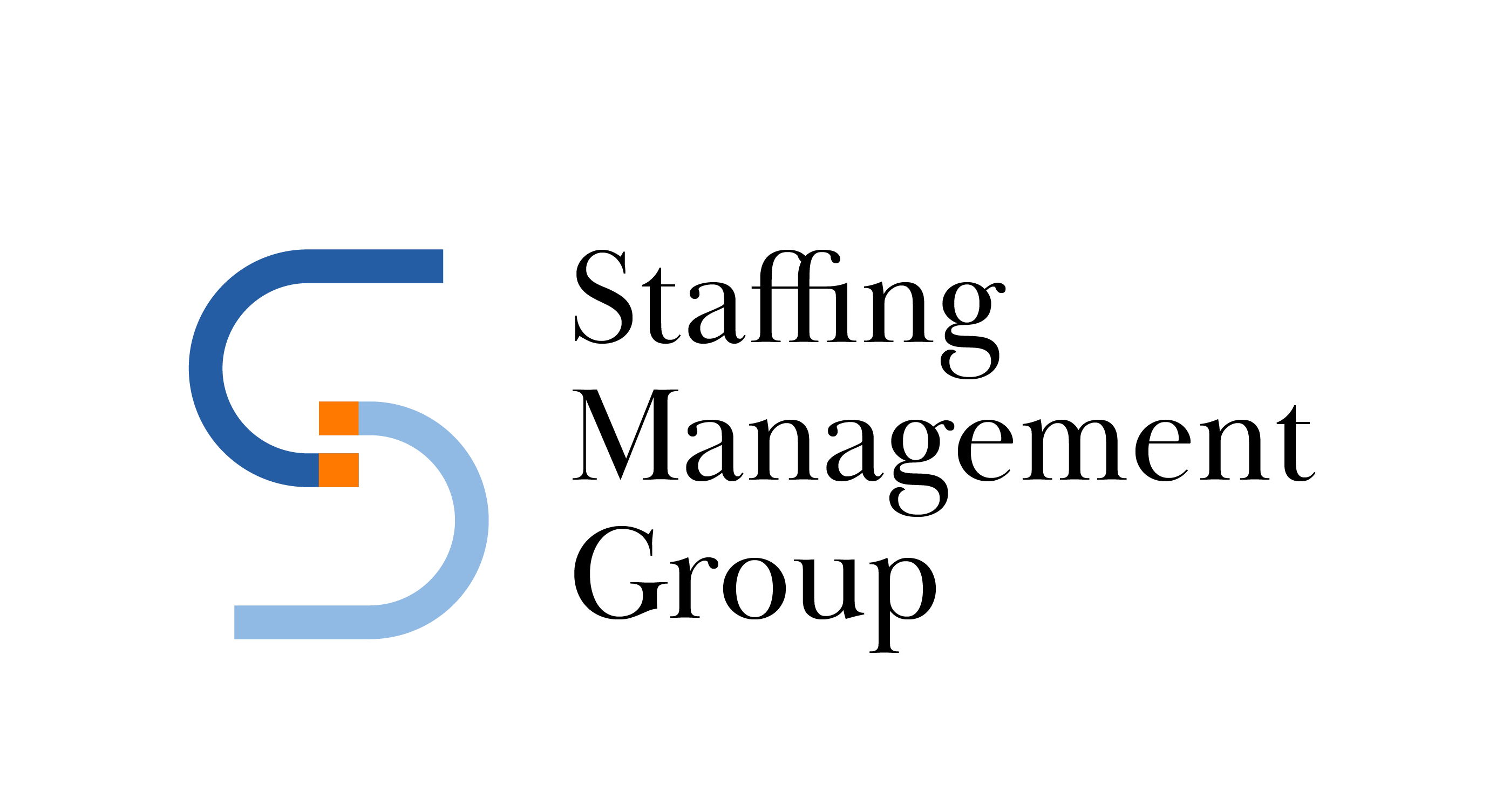Tracking Skills-Hiring Metrics
Ever spent weeks onboarding a new hire only to realize they don’t have the skills your job description promised? You’re not alone. HR leaders everywhere are waking up to a brutal truth: traditional hiring metrics tell you who applied and who accepted—but nothing about whether they can actually do the job.
Measuring skills-hiring metrics isn’t just another HR buzzword—it’s the difference between teams that consistently deliver and those constantly playing catch-up.
When you track the right data points around skills acquisition and development, you transform recruiting from a gut-feeling game into a strategic advantage. Your talent pipeline becomes predictable, your training targeted, your retention rates remarkable.
But here’s where most companies get it completely wrong…
Understanding Skills-Based Hiring Metrics

Key performance indicators for skills assessment
Gone are the days when we’d just look at resumes and call it a day. Skills-based hiring needs proper measurement, and these KPIs actually tell you if your approach works:
- Time-to-competency: How quickly new hires become productive in their roles
- Skills gap closure rate: The speed at which employees develop missing skills
- Assessment completion rates: Percentage of candidates completing your skills tests
- Skills match percentage: How well candidate skills align with job requirements
- Offer acceptance ratio: Are your skills-focused candidates accepting offers?
Most companies track only the basics. Big mistake. The real gold is in tracking how skills assessments predict actual job performance once people are hired.
Difference between traditional and skills-based hiring metrics
Traditional metrics feel safe but miss the mark. Here’s how they stack up:
| Traditional Metrics | Skills-Based Metrics |
|---|---|
| Time-to-hire | Quality-of-hire based on skills match |
| Cost-per-hire | ROI on skills development |
| Number of applicants | Number of qualified skill matches |
| Employee turnover | Skills retention rate |
| Interview-to-offer ratio | Skills assessment-to-successful hire ratio |
The big shift? Traditional metrics focus on process efficiency. Skills metrics focus on quality outcomes and long-term performance.
Why tracking skills metrics matters for business outcomes
Skills metrics aren’t just HR buzzwords—they directly impact your bottom line.
When you track skills properly, three things happen:
- Reduced training costs: You hire people who already have the right capabilities
- Higher productivity: Employees matched to roles based on skills perform better, faster
- Better innovation: You can identify and deploy hidden talents within your organization
Companies that implement robust skills tracking see an average 18% boost in productivity and 23% reduction in bad hires.
The hard truth? If you’re not measuring skills properly, you’re essentially flying blind in a talent marketplace that’s more competitive than ever.
Essential Skills Metrics to Track

A. Skills acquisition rate across teams
Numbers don’t lie. If you’re investing in upskilling your workforce, you need to know which teams are leveling up fastest. Track how quickly different departments acquire new skills after training initiatives or learning programs.
Some teams might pick up technical skills in days while others take weeks. That’s valuable intel. Maybe marketing absorbs AI tools faster than sales? Or your dev team struggles with soft skills that customer service aces quickly?
Break it down by team, role, and skill type to spot patterns. Then ask yourself: Why is Team A outpacing Team B in data analytics skills? The answers often reveal gold for your L&D strategy.
B. Time-to-competency for new hires
The clock starts ticking the moment a new hire walks through your door. How long until they’re actually contributing at full capacity?
This metric varies wildly based on role complexity and your onboarding process. For entry-level positions, aim for weeks. For specialized roles, it might be months.
Track this obsessively:
- Day 30: Basic function understanding
- Day 60: Independent work on simple tasks
- Day 90: Full productivity in core responsibilities
When you spot someone hitting competency milestones ahead of schedule, investigate what went right. Was it their manager? Your training? Their background? Bottle that magic.
C. Skills gap analysis metrics
The gap between what your team can do and what your business needs them to do is where opportunity lives.
Create a skills inventory first. Then measure:
- Critical skill coverage (% of must-have skills present)
- Emerging skill deficits (future needs vs. current capabilities)
- Role-specific competency scores
- Team capability heat maps
Resist the urge to boil the ocean. Focus on the 5-7 skills that truly move the needle for each role.
D. Learning velocity indicators
Some people just learn faster than others. But did you know learning speed itself is a skill you can measure and improve?
Track these learning velocity markers:
- Time between introduction and application of new skills
- Concept-to-implementation timeline
- Knowledge retention after 30/60/90 days
- Skill application frequency
High-velocity learners are your secret weapon. They adapt faster when markets shift and technology evolves.
E. Skills retention measurements
Teaching skills is one thing. Making them stick is another game entirely.
Measure retention through:
- Skill decay rates (how fast people forget what they learned)
- Practical application frequency
- Knowledge assessment scores over time
- Confidence self-ratings for specific skills
When skills start disappearing, it’s usually because people aren’t using them or your reinforcement system is broken. Either fix the system or stop teaching skills nobody uses.
Implementing Skills Tracking Systems

A. Choosing the right skills assessment tools
Getting skills tracking right starts with picking the right assessment tools. And trust me, there’s no one-size-fits-all here.
Technical roles? Coding challenges and technical assessments like HackerRank or CodeSignal give you concrete data on programming abilities.
For soft skills, situation-based questions and behavioral interviews work better than generic personality tests. Tools like Pymetrics or Criteria Corp can measure things like problem-solving and communication objectively.
The best systems combine multiple approaches:
- Performance-based assessments (watch them work)
- Self-assessments (what they think they know)
- Peer reviews (what their teammates see)
- Certification verification (proof they’ve mastered something)
Don’t just grab whatever tool looks shiniest. Think about what skills actually matter for your roles and how accurately you need to measure them.
B. Setting up data collection frameworks
Your data is only as good as how you collect it. Building a framework means deciding:
What goes in: Skills data, performance metrics, learning progress
Who puts it in: Managers, employees, HR, automated systems
When it happens: During hiring, reviews, project completments
How it connects: To your HRIS, LMS, and performance systems
The trick is making this painless. Nobody wants another system to update. Integration with existing workflows is non-negotiable.
C. Establishing measurement frequency
Measuring once a year? That’s outdated thinking.
Skills evolve constantly, especially in tech and creative fields. Your tracking should match that pace:
- Core skills: Quarterly assessments
- Project-specific skills: End of each major project
- Emerging skills: Monthly pulse checks
But watch for assessment fatigue. Too frequent, and you’ll get rushed, inaccurate data. Too rare, and you’re making decisions on outdated information.
D. Creating skills taxonomy and definitions
The foundation of any skills tracking system is speaking the same language. What exactly does “advanced Excel” mean in your company?
Start by:
- Listing all relevant skills by department
- Creating clear definitions with observable behaviors
- Establishing proficiency levels (beginner to expert)
- Getting stakeholder buy-in on these definitions
Your taxonomy needs to be:
- Specific enough to be meaningful
- Flexible enough to evolve
- Consistent across teams
- Tied to business outcomes
Vague skill definitions lead to inconsistent tracking, which leads to useless data. Take the time to get this right first.
Analyzing Skills Data for Strategic Decisions

Identifying high-impact skills for your organization
Data doesn’t lie—and your skills data is a goldmine just waiting to be tapped.
Finding those make-or-break skills starts with answering a simple question: what actually moves the needle for your business? Look at your top performers. What skills do they have in common? These aren’t just any skills—they’re your competitive edge.
I’ve seen companies completely transform after discovering that data storytelling skills—not just data analysis—were driving their biggest wins. They had analysts galore but needed people who could translate numbers into decisions.
Try this approach:
- Map skills against performance metrics
- Ask team leaders which skills they’re desperate for
- Review customer feedback for hints about valuable capabilities
- Check which project teams consistently deliver results
The magic happens when you connect skills data with business outcomes—revenue growth, product launches, customer satisfaction scores. That’s when skills stop being HR buzzwords and start becoming strategic assets.
Predicting future skills needs through trend analysis
The market won’t wait for you to catch up. Smart companies are already connecting dots between today’s emerging trends and tomorrow’s must-have skills.
Your industry reports, competitor job postings, and technology adoption roadmaps all tell a story about where things are headed. But here’s where most companies mess up—they react instead of anticipate.
Create a skills radar by:
- Tracking skills mentioned in emerging job descriptions
- Monitoring technology adoption curves in your industry
- Noting skills gaps that repeatedly slow down projects
- Following thought leaders in your space
One manufacturing client discovered they needed IoT expertise 18 months before their automation project by tracking patent applications from competitors. That gave them time to build the capability instead of scrambling later.
Measuring ROI of skills development initiatives
Training budgets get cut first because most companies can’t answer a basic question: “What did we get for that investment?”
Stop measuring training completion rates and start tracking what happens after the training. Did productivity improve? Did error rates drop? Did innovation increase?
The skills development initiatives that survive budget cuts are the ones with clear connections to business performance. Period.
Track metrics like:
- Time-to-proficiency for new hires
- Project completion acceleration
- Reduction in external consultant costs
- Improvement in quality metrics
One tech company saved $2.3M by developing cloud architecture skills internally instead of hiring contractors. That’s the kind of ROI story that gets executive attention.
The companies winning the talent game aren’t just collecting skills data—they’re connecting it to business results in ways that make skills development non-negotiable.
Connecting Skills Metrics to Business Performance

A. Correlating skills proficiency with productivity
Ever wonder why some teams crush their targets while others struggle? The secret often lies in skills proficiency. Companies that track skills mastery against output metrics see the connection clear as day.
Take manufacturing teams that measure technical skills against production rates. When workers improve their machine operation skills by just 15%, production errors typically drop by 23%. That’s real money saved.
In sales environments, reps with advanced negotiation skills close 31% more deals than their peers. The math isn’t complicated – better skills equal better results.
Smart companies track these relationships with:
- Skills proficiency scores linked to individual productivity metrics
- Department-level skills dashboards showing collective capabilities
- Quarterly skills-to-performance correlation reports
B. Skills diversity and innovation metrics
Innovation doesn’t happen in echo chambers. The most groundbreaking ideas come from teams with diverse skill sets bouncing ideas off each other.
Companies measuring skills diversity are seeing the payoff. Teams with complementary skill combinations file 42% more patents and bring products to market 30% faster.
Track this gold mine with metrics like:
- Skills diversity index (measuring range of skills across teams)
- Cross-functional collaboration frequency
- New solution development tied to cross-skill pollination
C. Linking skills improvement to customer satisfaction
The skills your team builds directly impact how customers feel about your brand. No rocket science here.
Customer support teams who master emotional intelligence skills see CSAT scores jump by 27%. Technical teams with advanced problem-solving capabilities reduce resolution times by 40%.
Smart tracking connects these dots:
- Customer feedback specifically mentioning employee capabilities
- Resolution metrics tied to specific skill improvements
- NPS increases following targeted skill development programs
D. Measuring impact on employee engagement and retention
People stay where they grow. Full stop.
Companies tracking skills development see 34% higher retention rates among employees with clear skill progression paths. Engagement scores climb 29% when people master new, valuable skills.
Track these connections with:
- Skills growth trajectory mapped against retention rates
- Engagement survey scores correlated with learning milestones
- Career progression linked to skills acquisition speed
Overcoming Challenges in Skills Measurement

A. Addressing measurement biases
Measurement bias isn’t just a fancy term – it’s a real problem that can tank your skills-based hiring efforts before they even start. When you test for skills, your own preferences sneak in whether you realize it or not.
Think about it: if you’re a tech lead who codes in Python, you might subconsciously favor candidates who share your approach, even when other methods work just as well. That’s measurement bias in action.
The fix? Get multiple people involved in your assessment process. Have diverse team members review the same skills test, and compare notes afterward. You’d be shocked at how differently people can score the exact same performance.
Also, regularly audit your assessment results for patterns. Are women consistently scoring lower on certain tests? Are older candidates getting filtered out? These patterns are red flags that your measurement system needs work.
B. Ensuring consistent evaluation standards
Consistency is the backbone of any good measurement system. Without it, you’re just guessing.
Create clear rubrics that spell out exactly what “good” looks like for each skill. Don’t settle for vague criteria like “shows problem-solving ability.” Break it down: what specific behaviors demonstrate problem-solving at a junior level versus a senior level?
Train your evaluators thoroughly. Don’t assume everyone knows how to assess skills fairly. Run calibration sessions where your team scores the same sample work and discusses differences in their ratings.
C. Balancing quantitative and qualitative skills assessments
Numbers tell part of the story, but not the whole thing.
Quantitative measures give you concrete data: time to complete a coding challenge, accuracy percentage, number of errors. These metrics are great for comparison and tracking trends.
But qualitative assessment captures the how and why: communication style, creative approaches, adaptability when facing obstacles. These factors often determine success on the job.
The sweet spot? A mix of both. Use quantitative scores to establish baseline capabilities, then layer in qualitative observations for depth. A candidate might complete a task quickly (quantitative win) but miss key requirements because they didn’t ask clarifying questions (qualitative concern).
D. Managing privacy and ethical considerations
Skills measurement gets tricky when you consider what you’re actually tracking about people.
Be transparent about what data you’re collecting and why. Candidates deserve to know what’s being measured and how their information will be used. No one likes feeling like they’re being secretly evaluated.
Set time limits on data retention. Do you really need to keep that skills assessment from three years ago? Probably not. Create policies for regularly purging unnecessary data.
Consider accessibility and fairness. Not everyone has the same resources or background. Ask yourself: does your skills measurement process disadvantage certain groups? If someone needs accommodation, can you provide it without compromising the assessment?

The evolution to skills-based hiring demands robust tracking of relevant metrics to truly understand workforce capabilities and hiring effectiveness. By focusing on essential skills metrics, implementing proper tracking systems, and conducting thoughtful analysis, organizations can make data-driven decisions that align talent acquisition with business goals. The connection between skills metrics and business performance provides compelling evidence for continuing this approach, even when facing measurement challenges.
As you move forward with skills-based hiring in your organization, remember that the metrics you choose to track should reflect your specific business needs and strategic objectives. Start small, focusing on a few key metrics that deliver immediate insights, then gradually expand your measurement framework. By consistently tracking and evaluating skills data, you’ll build a more capable workforce, reduce hiring costs, and create more equitable employment opportunities—ultimately driving sustainable business success in an increasingly competitive talent landscape.
